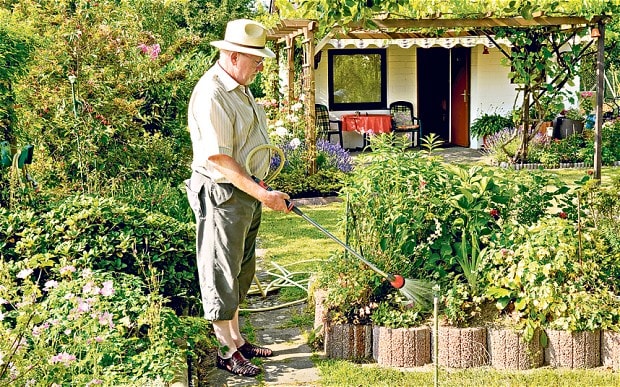A personal philosophy
In order to be a modeller of railways there needs to be a model railway. It doesn't matter if it is a loft or an Ikea box, there has to be a railway, otherwise we are mere collectors of things in boxes.
Occasionally, a thought begins to become a concern, why build a model railway and why choose a particular subject? My obsession, for it is an obsession, is to create something that pleases the eye and restores old memories of quiet rural railways of Southern Germany.
I greatly admire those individuals who devout a lifetime to build a perfect representation of a actual location, set at a specific time/date. Their dedication is admirable but there are constraints, as they can utilise space and have access to information, neither of which I enjoy. By contrast, my world is one of limited to just
My project is based upon a notion that a modest rural line in Fränkische Schweiz had been extended a few more kilometres before funding was finally exhausted and the planned wayside station became a terminus for the remainder of its short life.
The generic trackplan is simple, the only extravagance is a tiny wooden loco shed with fuel+water and the style of the station buildings is typical of the builder.
Various features (LDEs) from around the location are recycled, all chosen for their similarity to other local features. Colours are carefully chosen from a palette used in the location, mostly natural, a mix of greens + earth, subtle rather than brash.
The stock was carefully selected with help from local experts, there are no 'special' visitors as everything must have been used on rural lines within
I hope that this explains my approach.
Where the magic happens
_________________________________________________________________
Building the layout
The blog is about building a small fictitious terminus vaguely based on other small stations in Oberfranken,instead it is merely an amalgam of features of existing locations in Fränkische Schweiz, a plausible fiction.

















































